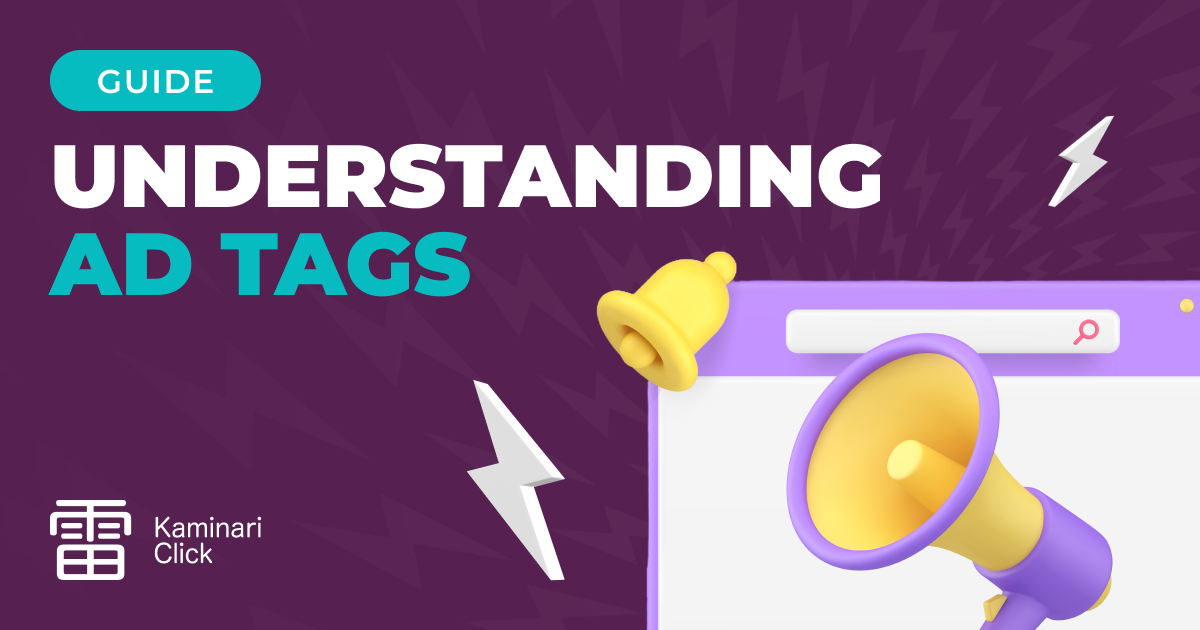In the constantly evolving landscape of digital advertising, ad tags play a crucial role in how advertisements are served and managed on the internet. An ad tag is essentially a snippet of code, typically written in HTML or JavaScript, that is embedded on a website. This code functions as a request to an ad server to display specific ads according to predefined criteria such as format, size, and category. Ad tags can be strategically placed either in the header of a website or within an iFrame, isolating them from the main site script to prevent any potential interference.
The Role of Ad Tags in Mobile Marketing
As mobile devices increasingly become the primary means for internet access, the importance of ad tags in mobile marketing cannot be overstated. These tags not only trigger the display of ads but also gather valuable data about viewers. This data collection is pivotal for modern digital marketing strategies, allowing advertisers to understand and optimize their audience reach effectively.
Common Types of Ad Tags
Ad tags come in various forms, each serving different purposes and types of advertisements:
- JavaScript Ad Tags. These are dynamic and capable of serving different ads based on user behavior. They are commonly used because of their flexibility and responsiveness.
- HTML Ad Tags. These are simpler and used for static ads, such as banners or text advertisements. They are straightforward to implement and are widely used for basic ad placements.
- Iframe Ad Tags. These tags enable ads to be displayed within an iframe, which can accommodate ads of varying sizes or shapes without affecting the layout of the main website.
- VAST Ad Tags. Specifically designed for video advertisements, VAST tags are adaptable to various video formats and sizes, ensuring a seamless video ad experience.
- Native Ad Tags. These are designed to blend seamlessly with the website's content, often used for sponsored posts and other forms of content marketing.
- Dynamic Ad Tags. These tags adjust the ads shown in real-time based on user behavior, enhancing the targeting of advertisements.
- Rich Media Ad Tags. Used for interactive ads, these tags support features such as expandable ads, video, or animations, providing an engaging experience to users.
Lifecycle of an Ad Tag
Understanding the lifecycle of an ad tag can provide insights into the complexity and sophistication of digital advertising:
This cycle ensures that the ads seen by users are not only relevant but also timely and well-integrated into their browsing experience.
Conclusion
Ad tags are indispensable tools in digital marketing, serving as the backbone for effective and targeted advertising. They enable a dynamic interaction between advertisers, publishers, and viewers, facilitating a more personalized and engaging user experience. As technology advances, the functionality and complexity of ad tags will continue to evolve, further enhancing their capability to meet the ever-changing demands of digital advertising. Understanding how ad tags work is fundamental for anyone involved in the digital marketing industry, from advertisers and publishers to marketers and content creators.

